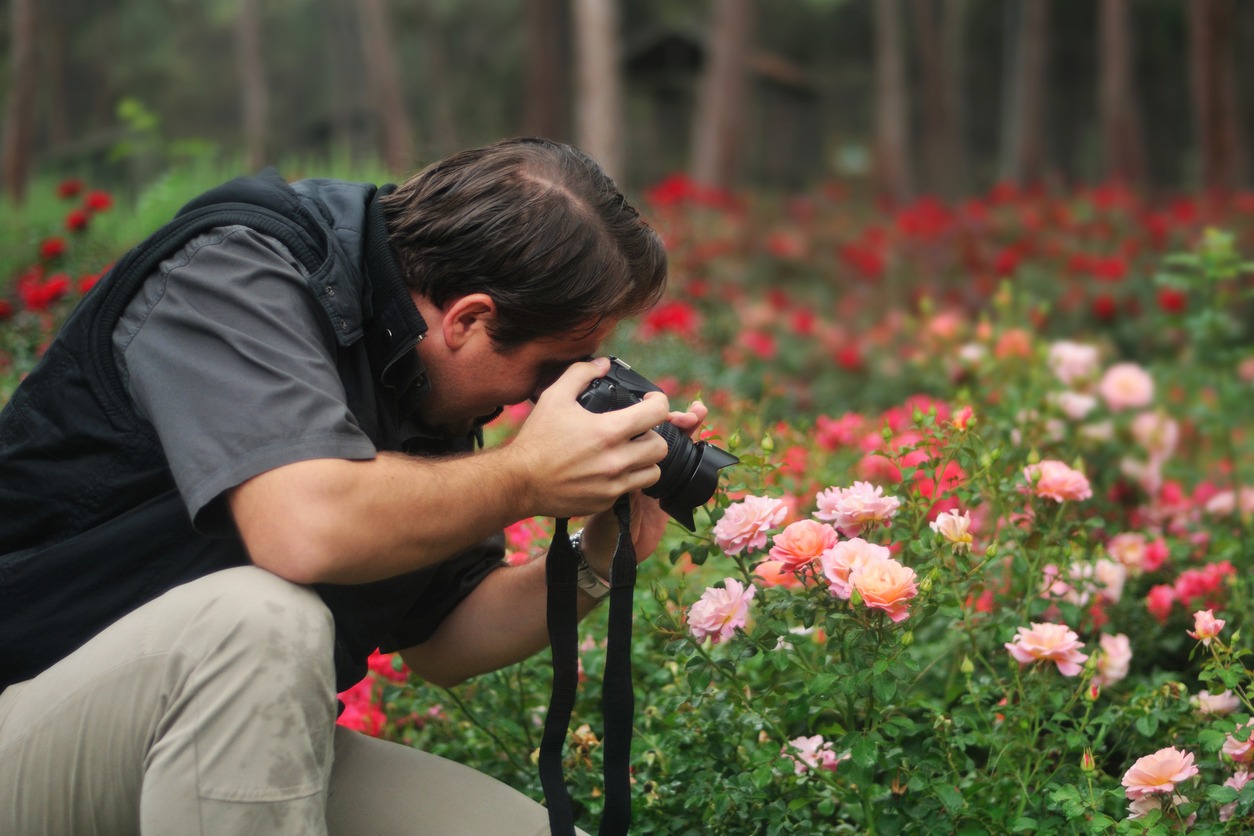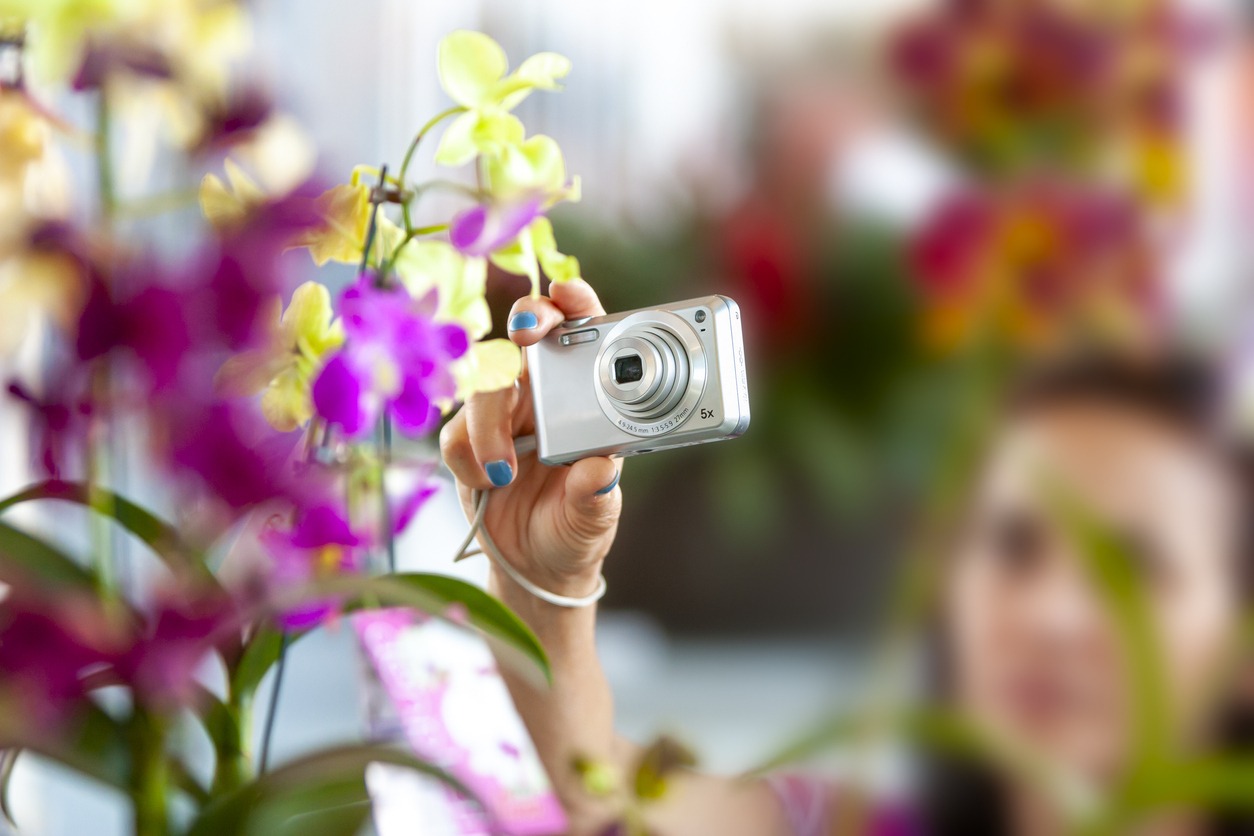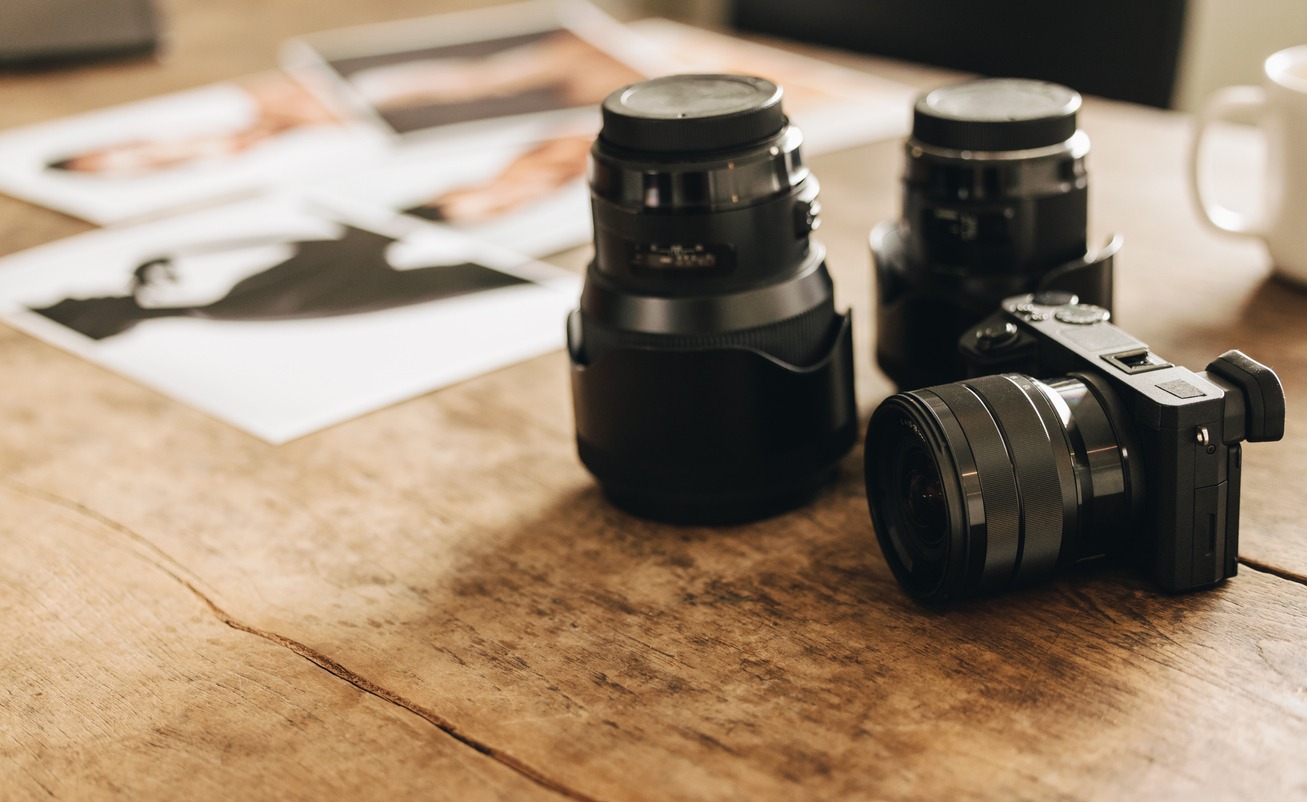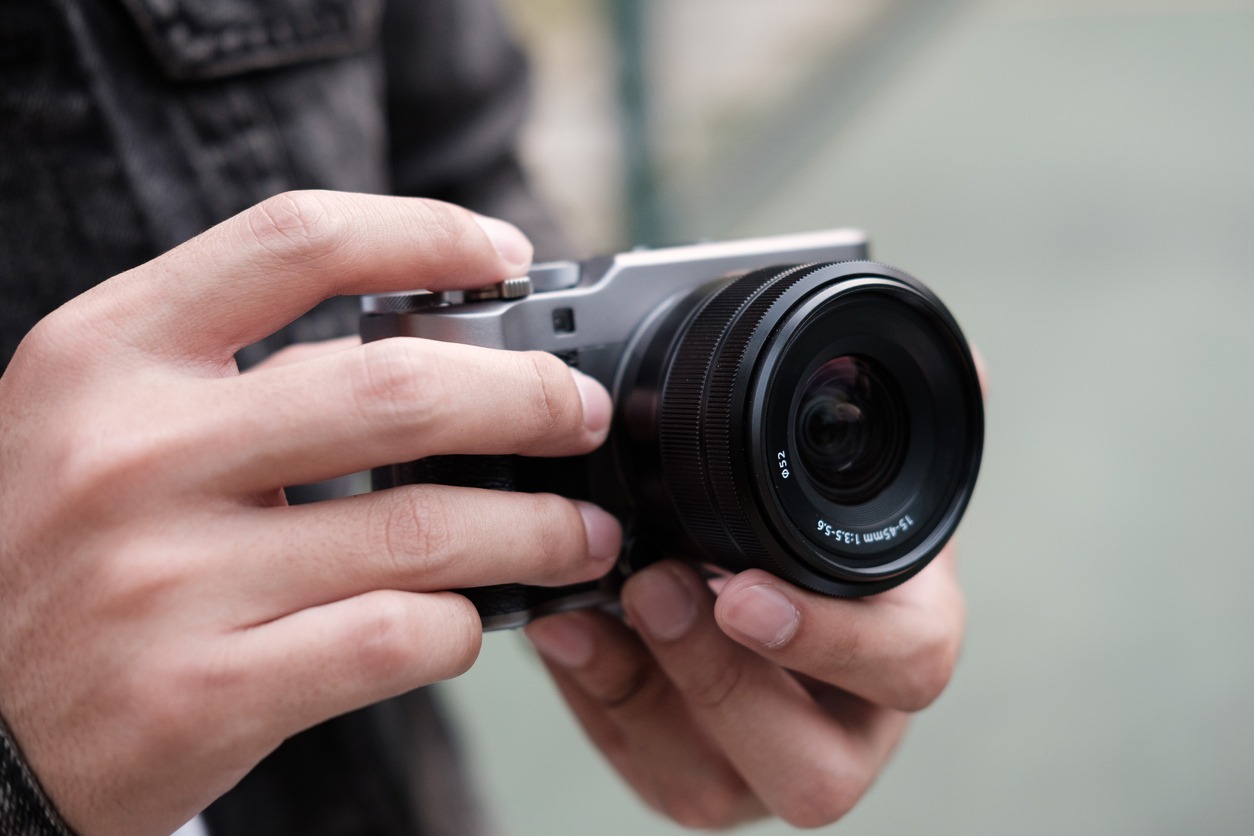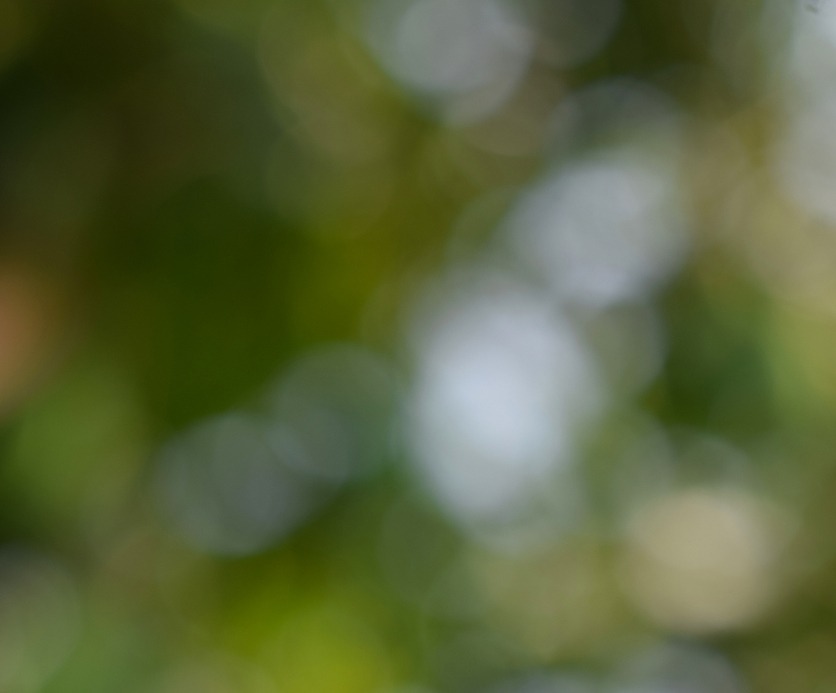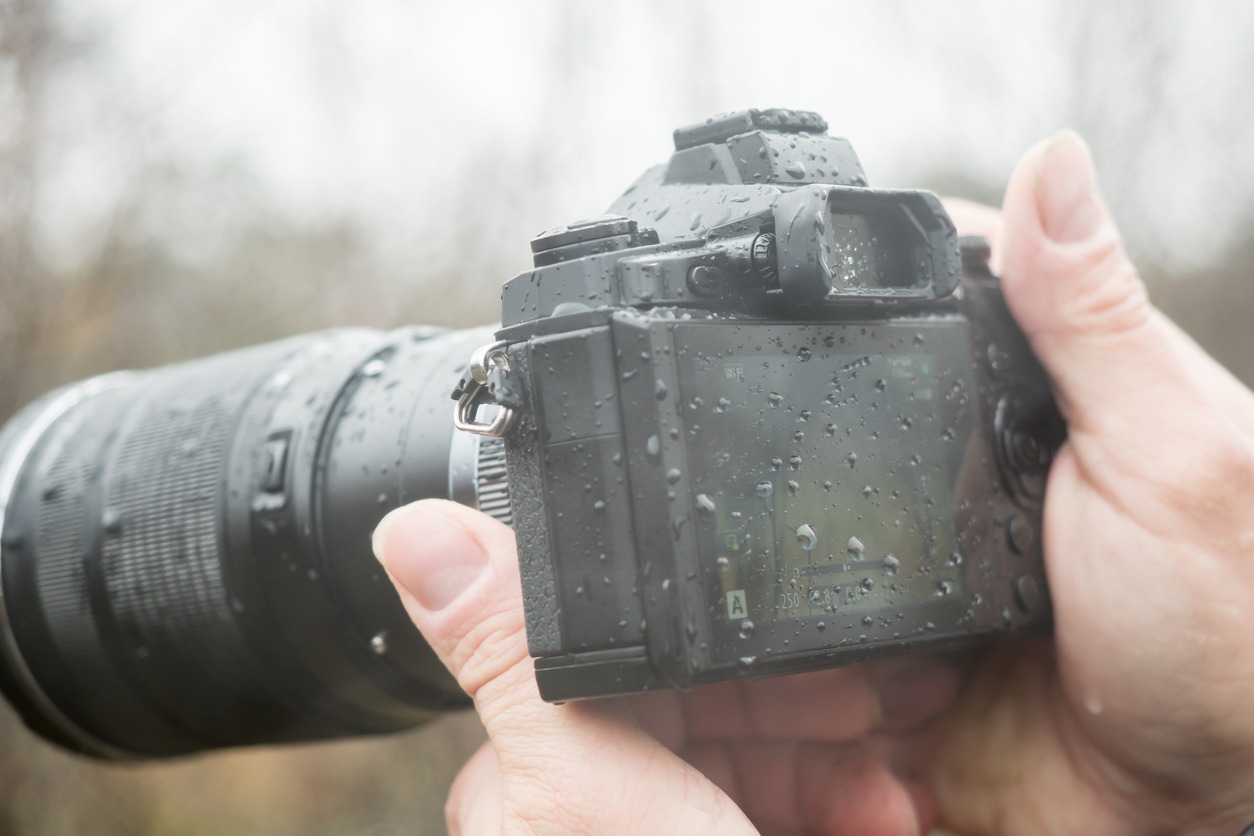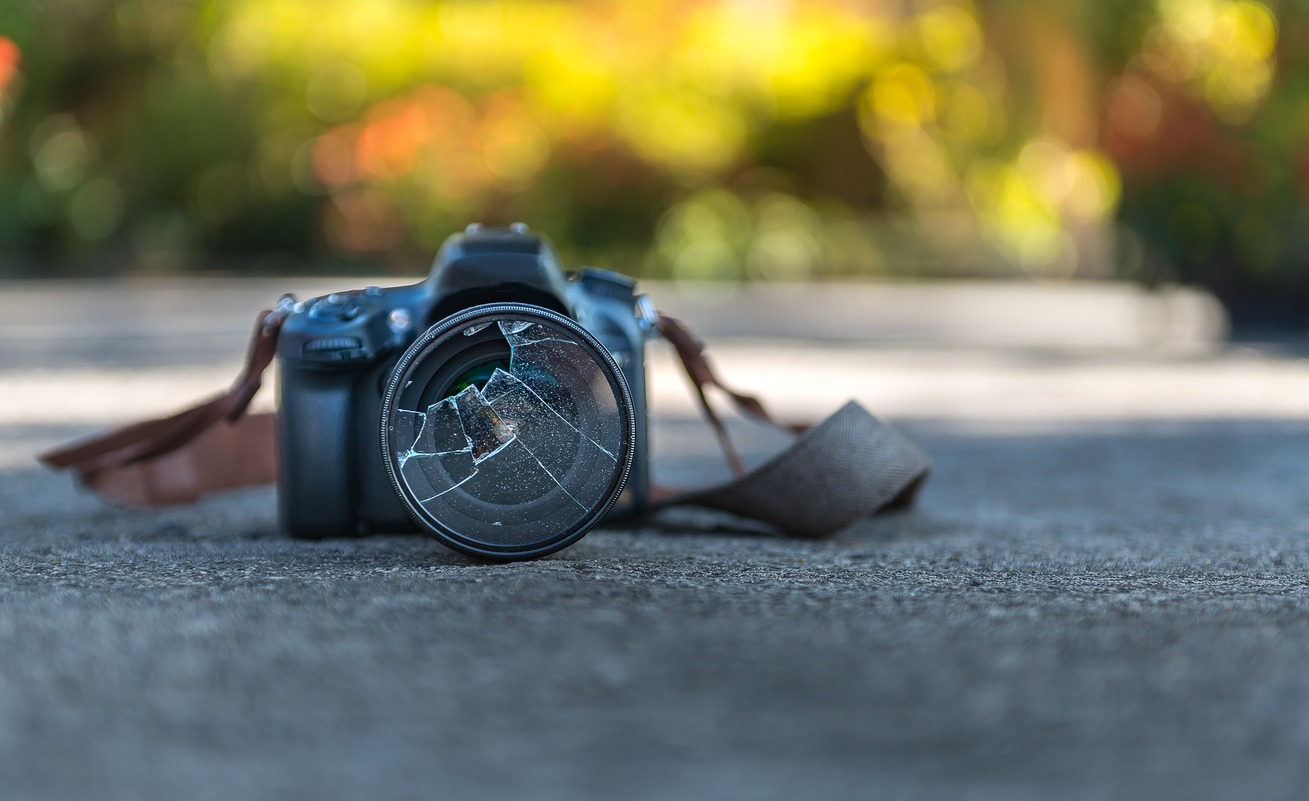In the age of social media, youngsters are increasingly interested in capturing their lives on camera. From taking selfies and recording videos of their everyday activities to posting professional-looking content on their social media accounts, digital photography is becoming a popular hobby. But picking the right camera for a young person can be a tricky task.
The average child will be unable to distinguish the features of a point-and-shoot from a high-end DSLR, so it’s important to make sure you choose the right camera for their age. That’s why we’ve compiled this guide for parents and caregivers looking to buy a camera for their young one.
It presents key tips on the best cameras for young people, going over the different types of cameras available on the market and discussing some important considerations when selecting a new camera. With our advice, you’ll be able to make an informed decision that looks out for your wallet and helps your youngster capture every moment. Have a look!
Consider the Different Types of Digital Cameras
The first thing that you have to consider when purchasing a camera for anyone is its type. The young generation these days are quite tech-savvy, so they’ll want nothing less than a digital camera. Even in this category, there are different camera variations. The most popular ones include:
Point and Shoot Cameras
Point and shoot cameras are great for those just starting out in photography. They offer an easy way to take good quality photographs with simple operation. These cameras are also generally smaller and more lightweight than their more advanced counterparts.
Typically available at an affordable price point, point and shoot cameras can be used to capture stunning images without having to learn extensive skills related to photography.
DSLR Cameras
DSLR cameras are the most advanced type of digital cameras available today. They deliver superior image quality and carry an impressive range of features that can take your photography to the next level. They offer higher-level control and more creative options for photography.
That said, they are expensive and require more effort to learn how to use. The unparalleled performance is ideal for serious photographers who demand high-quality images every time. So, make sure your young one is pretty serious about photography before making the splurge.
Mirrorless Cameras
The next type is a mirrorless camera, which is similar to a DSLR in many ways but does not have an interchangeable lens system or mirror. Mirrorless cameras are becoming increasingly popular due to their ability to deliver DSLR-like results at a fraction of the price.
These cameras may be slightly more expensive than point and shoot models, they offer a greater level of control over aperture, shutter speed, and ISO settings. Even a new photographer can create professional-looking images with these cameras with relative ease. Mirrorless cameras also tend to be more compact than DSLRs, making them great for those looking for a pocket-sized camera without sacrificing image quality or control.
Determine the Intended Use
The next thing you’ll want to do is determine the purpose your young one wants to use the camera for. We have pointed out the most common scenarios:
Casual Photography
If the camera is for casual photography purposes, then a point and shoot or mirrorless camera may be your best option. Both of these tend to offer the best balance between portability, ease-of-use, and cost effectiveness. They provide great results with minimal effort and offer more room for creativity without needing to learn too much about settings and controls.
Photography as a Hobby
If your youngster is serious about exploring photography as a hobby, get them a mirrorless or DSLR camera. Mirrorless cameras serve as an excellent platform for learning more advanced techniques, such as shooting in manual mode or using different lenses. DSLRs have also evolved quite dramatically over recent years, offering unbeatable image quality for relatively affordable prices. Choose one depending on your budget and desired features.
Professional Photography
For professional photographers you’ll want to invest in a DSLR from a reputable brand such as Canon or Nikon. Both of these offer exceptional image quality, fast autofocus performance, and a wide range of custom settings and accessories. Not to forget their reliable durability even in the most challenging conditions.
Decide on a Budget
Before purchasing any camera, it is important to decide on a budget. Before purchasing, you will want to determine what features you want in your camera and then research different models that offer these features at various price points.
Determine the Desired Features
It is essential to determine what features are important to you and how much they will cost before you go on and select a camera body. For example, features such as wireless connectivity or 4K video will likely cost more than basic stills shooting capabilities. So think carefully.
Research Different Cameras & Their Respective Prices
Once you have decided on what features are necessary, start researching the camera models from reputable brands that carry the features that you desire, but fit within your budget range too. Compare various specifications and find the one that meets your needs, both in terms of price and performance.
Evaluate Photo Quality
When selecting a camera, it is important to evaluate photo quality too. There are three important factors to consider in this regard.
Megapixels
Megapixels measure the number of pixels making up an image. More megapixels usually produce sharp and higher quality images, so look for a camera with a high megapixel count. Anything over 12 megapixels is good enough for most photographic purposes.
Sensor Size
A digital camera’s sensor size is critical in determining photo quality. It measures how much light is captured from the lens and used to create an image. Large sensors generally produce higher-quality images, which are delightful for young photographers. So try to get a model with a larger sensor.
ISO
The term ISO refers to a camera’s imaging sensitivity. It is a measure of how sensitive its sensor is to light. Higher ISO values allow cameras to capture images in low-light settings with minimal blurriness. But they may also result in increased graininess or “noise” in images.
Get a camera with adjustable ISO settings so your little one can adjust this parameter as needed to reduce blurriness and noise in their photos.
Take Note of the Camera’s Features
Cameras come with various features that improve or expand their capabilities. Take note of the different camera specifications and decide which ones are more suitable for your budding photographer’s needs.
Autofocus
Autofocus allows photographers to quickly and accurately focus on their subject without needing to adjust the lens. An accurate and fast autofocus system with multiple points can help your youngster capture sharp and clear images, quickly and easily.
Shutter Speed
Shutter speed measures how quickly a camera can snap an image. It is typically measured in seconds or fractions of a second, i.e., 1/500 of a second. Buy a camera with fast shutter speed capabilities that enables your young photographer to capture moments as they occur without blurring. Slow shutter speeds can result in blurry or confused shots so the actual moment can be missed.
Zoom Capabilities
Many digital cameras come with zoom lenses, allowing users to zoom in on their subjects without having to move from their place. Look for cameras that come equipped with powerful zoom lenses so your young photographer can get up close and personal with their subjects even from a distance.
Consider the Camera’s Durability
Durability is an important factor when choosing any device. But you can’t possibly ignore it in one that will see regular use from a young person who may not always be mindful of their equipment’s safety.
Weatherproofing
A camera with weatherproofing features, such as waterproof seals is well-protected from moisture or dust. Without adequate protection, they might damage its internal workings or impair its performance over time with regular exposure.
Shock Proofing
Like waterproofing, shock proofing features are also important in a camera. Look for padded or rubber casing or straps so the camera can survive drops or bumps with minimal damage or disruption to the photo taking sessions in progress.
Conclusion
Picking the right camera for young people is an important decision-making process. It involves taking into account both photo quality and convenience factors such as durability, autofocus capabilities, shutter speed and editing software options.
Following the above guidelines will give you a better insight into what type of camera best suits your young one’s needs. Whether they are casual photographers, are interested in pursuing photography as a hobby, or are aspiring to become professionals, a good camera will enable them to capture amazing memories they can look back on fondly later in life.
